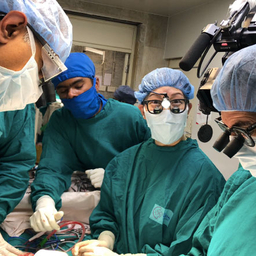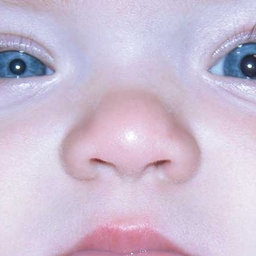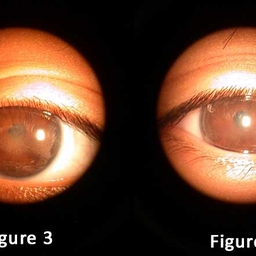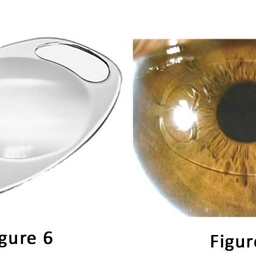Search the Newsroom
Filter By
Showing 1891 - 1900 of 3022 results
Multi-Institutional Bladder Exstrophy Consortium: 7 Years of Innovation
The power of MIBEC’s combined experience has helped drive significant advances in care and innovations for bladder exstrophy. Learn what we’ve accomplished.

Global Urology Surgery for Bladder Exstrophy Epispadias Complex
Learn about a global collaboration working to expand access to care and surgical interventions for children with BEEC in India.

2019 Urology Conference Recap
CHOP’s Urology team had a strong showing of posters, workshops and talks at conferences and meetings across the world. Read some highlights.
Alumni Notes: Winter 2020
Remembering our CHOP Alumni Motto, Keep … Tradition, Keep … in Mind, Keep …in Touch, this is the second year of a newer tradition.
Make the Diagnosis: Winter 2020
Charlotte, 40, is a primary care pediatrician at a busy urban clinic. She has been in her current position for 6 years. She is also a parent of a 6- and a 10 -year-old.
BPA Exposure in Pregnancy Affects Genes Related to Obesity and Diabetes
Previous research has linked exposure to bisphenol A (BPA) in the womb with higher rates of obesity and diabetes later in life, but the biological mechanisms driving those changes have largely remained a mystery.

When Anisocoria Signals A Bigger Problem
A 10-month-old female infant was referred to the Neuro-ophthalmology clinic at Children’s Hospital of Philadelphia for a new-onset lid ptosis and pupillary miosis on the right side.

Partners In Preventing Eye Disease: Rheumatology And Ophthalmology
A 4-year-old boy presented to the emergency room reporting 2 weeks of right knee pain, swelling, and limping.

Pediatric Aphakia And Where To Place An Intraocular Lens
In our busy CHOP Ophthalmology practice, we see many aphakic (an eye without the natural crystalline lens) children.
Revised Criteria Lead To More Accurate Screen For ROP In Premature Infants
A multicenter group of 41 hospitals led by researchers at Children’s Hospital of Philadelphia has confirmed that an improved method for predicting retinopathy of prematurity (ROP) was able to reduce the number of babies having invasive diagnostic examinations by nearly a third, while raising disease detection up to 100%.